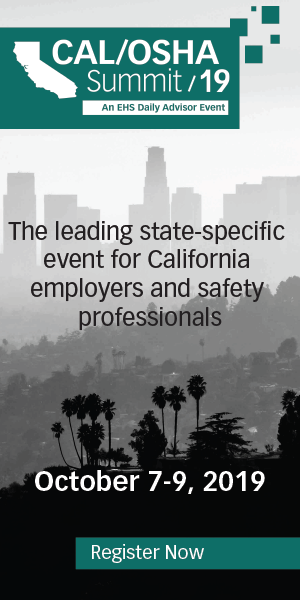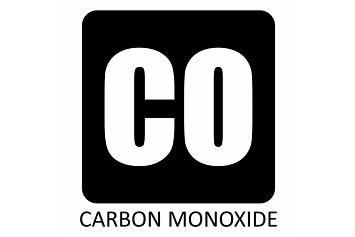The California Division of Occupational Safety and Health (Cal/OSHA) cited two employers for serious accident-related safety and health violations after workers were poisoned by carbon monoxide while working in a confined space at San Francisco International Airport.
The state agency cited both the host employer, Gate Gourmet, Inc., and a contractor, Gladiator Rooter & Plumbing.
“Employers must identify and evaluate potential hazards before workers enter confined spaces so they can ensure workers are trained and a rescue plan is in place in case of emergency,” Cal/OSHA Deputy Chief of Enforcement Debra Lee said in an agency statement.
Gasoline-Powered Equipment Blamed
Two plumbers employed by Gladiator Rooter & Plumbing were working in a crawl space replacing underground sewer pipes for airline caterer Gate Gourmet, Inc. on December 22, 2018.
The plumbers used a gasoline-powered saw to cut through concrete and were overcome by carbon monoxide gas emitted from the equipment. The carbon monoxide emissions caused one of the workers to lose consciousness. Emergency crews rescued the workers. However, one was hospitalized for two days following the incident.
“These workers were fortunate because performing work in confined spaces can be deadly, especially when oxygen levels are reduced or when deadly gases are present,” according to Lee.

Violations, Penalties
Cal/OSHA cited Gate Gourmet for one serious accident-related violation for failing to communicate with Gladiator Rooter & Plumbing about confined space hazards and necessary precautions. The agency proposed penalties of $18,000.
Cal/OSHA’s investigators found that Gate Gourmet, Inc. did not inform Gladiator Rooter & Plumbing that the crawl space was a permit-required confined space and did not provide Gladiator with information on the potential hazards posed by entering the space.
Cal/OSHA cited Gladiator Rooter & Plumbing for eight violations, including two serious accident-related, two serious, and four general violations, proposing $50,850 in penalties.
The agency charged Gladiator with the following serious accident-related and serious violations:
- Serious accident-related violation for the company’s failure to implement a permit-required confined space program,
- Serious accident-related violation for failure to train the company’s employees on working safely in confined spaces,
- Serious violation for the company’s failure to develop and implement a written permit space program, and
- Serious violation for failure to obtain information about permit space hazard and provide that information to the workers entering the space.
Controlling Confined Space Hazards
Confined spaces are large enough for workers to enter, but have limited openings for exit and entry. There may be atmospheric hazards in a confined space because ventilation is insufficient to remove air contaminants. There also are physical hazards in a confined space due to limited access and egress.
Confined spaces can be found in multiple industries and include boilers, kilns, silos, tunnels and pumping stations, vaults, and water and sewer pipes.
Continuous ventilation and atmospheric testing of a confined space are critical. Additional ventilation helps by:
- Controlling atmospheric contaminants like carbon monoxide emissions from gasoline-powered equipment,
- Controlling heat and humidity,
- Preventing fire and explosion hazards, and
- Providing adequate oxygen to the air in the space.
Respiratory protection also is needed whenever:
- An emergency exists and entry into a confined space cannot be delayed;
- An Immediately Dangerous to Life or Health (IDLH) atmosphere exists;
- Current testing indicates atmosphere is safe, but unsafe conditions could develop at any time; or
- There is an inert atmosphere or testing shows that an IDLH exists and additional ventilation cannot reduce concentrations to safe levels.
A respiratory protection program must meet fit-testing and training requirements. A plan for entering a permit-required confined space must include escape and rescue provisions. There are additional requirements if the work involves hazardous substances or welding, cutting, or brazing.
Cal/OSHA 2019
To learn more about Cal/OSHA enforcement trends and strategies to stay in compliance, attend BLR’s upcoming Cal/OSHA Summit 2019.
The Cal/OSHA Summit, which will be held from October 7–9 in Los Angeles, is a leading state-specific event for California employers and safety professionals to get cutting-edge developments on new safety regulations, compliance strategies, and management tactics. Register now.


